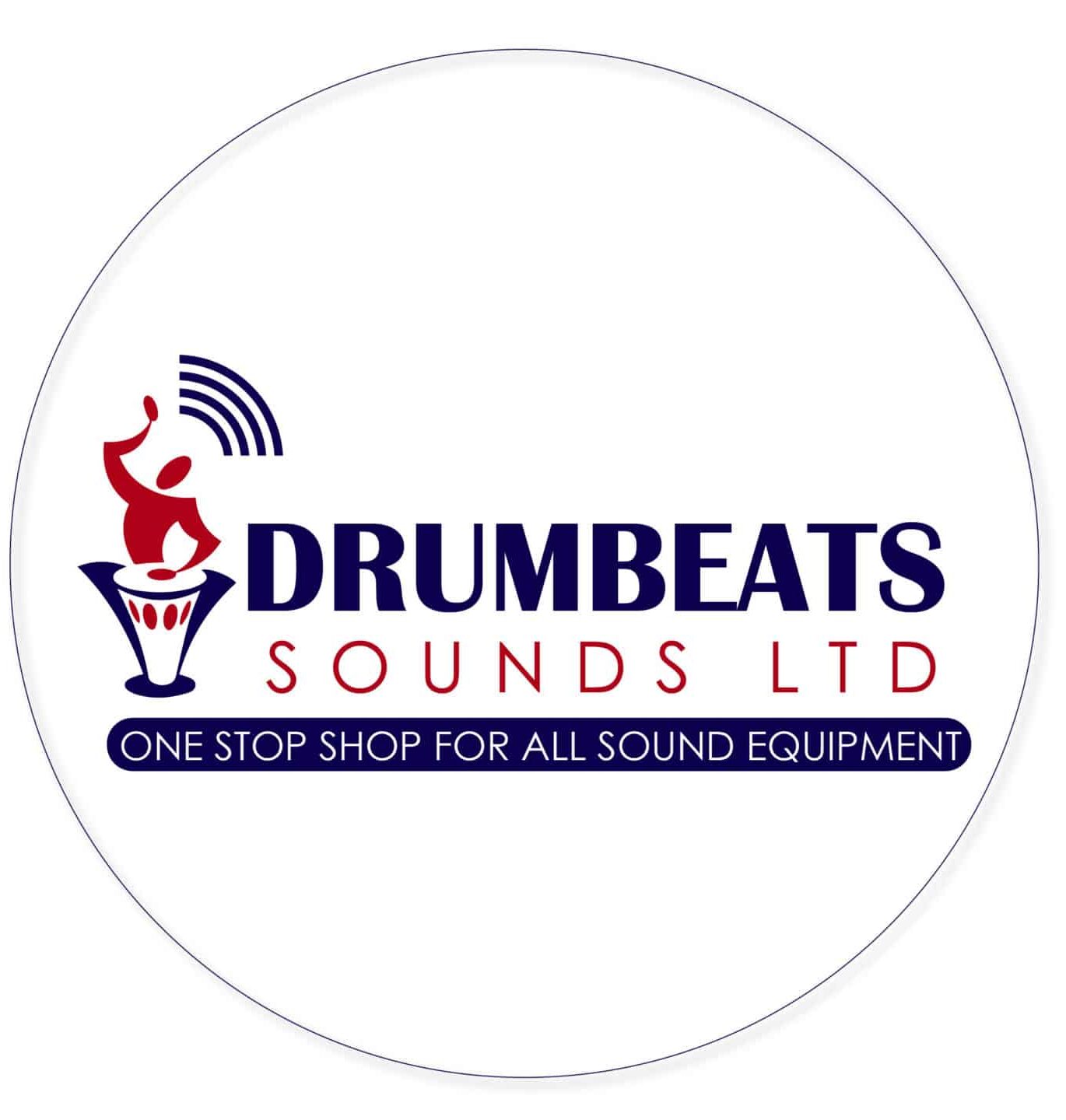- Empty cart.
- Continue Shopping
A Comprehensive Guide: What to Do Before Purchasing a Musical Instrument

Before purchasing: Music is a universal language that transcends boundaries, cultures, and generations. Whether you’re a seasoned musician or just starting out, finding the right musical instrument is crucial to your musical journey. However, purchasing a musical instrument can be a daunting task, especially if you’re not sure what to look for.
In this comprehensive guide, we’ll explore the essential steps you need to take before making that important purchase. From research and budgeting to testing and maintenance, we’ll cover everything you need to know to ensure you make the best choice for your needs and preferences.
Determine Your Needs and Preferences:
Research:
- Explore different types of instruments: Understand the variety available in the market.
- Read reviews and watch demonstrations: Utilize online resources to gather information and insights from other musicians.
- Seek recommendations: Consult with teachers, mentors, or experienced musicians for advice.
Set a Budget:
- Determine your budget range: Consider both the initial cost and potential long-term expenses such as maintenance and accessories.
- Factor in additional costs: Account for accessories like cases, stands, and cables.
- Be realistic: Balance your budget with the quality and features you desire.
Visit Local Music Stores:
- Test multiple instruments: Get hands-on experience with different models and brands.
- Pay attention to comfort and ergonomics: Ensure the instrument feels comfortable to hold and play.
- Evaluate sound quality: Listen for tone, resonance, and overall sound projection.
- Check build quality: Inspect the craftsmanship and materials used in construction.
Seek Expert Advice:
- Consult with sales staff: Ask questions and seek recommendations based on your preferences and budget.
- Request a demonstration: Have a knowledgeable staff member showcase the instrument’s features and capabilities.
- Inquire about warranty and return policies: Understand the terms and conditions for potential future issues.
Consider Used Instruments:
- Explore second-hand options: Check online marketplaces, classified ads, and local music communities for used instruments.
- Inspect carefully: Look for signs of wear and damage, and test functionality thoroughly.
- Negotiate the price: Don’t hesitate to negotiate for a fair deal, considering the instrument’s condition and market value.
Test Playability and Compatibility:
- Evaluate playability: Assess factors such as action, responsiveness, and ease of play.
- Consider compatibility with accessories: Ensure compatibility with accessories such as amplifiers, pedals, and stands.
- Test with different playing styles: Experiment with various techniques to gauge the instrument’s versatility.
Compare Options:
- Create a shortlist: Narrow down your choices based on your research, budget, and preferences.
- Compare features and specifications: Consider factors such as brand reputation, build quality, and included accessories.
- Revisit and retest: Take your time to revisit your top choices and confirm your decision. s
Factor in Maintenance and Upkeep:
- Understand maintenance requirements: Research the care and maintenance guidelines specific to your chosen instrument.
- Budget for ongoing expenses: Consider costs for strings, reeds, lubricants, and periodic servicing.
- Learn basic maintenance tasks: Familiarize yourself with tasks like tuning, cleaning, and minor repairs.
Finalize Your Purchase:
- Negotiate the price: Don’t hesitate to negotiate for the best deal, especially for high-ticket items.
- Review warranty and return policies: Ensure you understand your rights and options in case of any issues.
- Obtain any necessary accessories: Purchase essential accessories like cases, straps, and tuners.
- Complete the transaction: Confirm your purchase, collect receipts and documentation, and arrange for transportation if necessary.
Conclusion: Before purchasing
Choosing the right musical instrument is a significant decision that requires careful consideration and planning. By following the steps outlined in this guide, you can ensure that you make an informed choice that aligns with your needs, preferences, and budget.
Remember to take your time, do thorough research, and seek expert advice when necessary. With the right approach, you’ll be well-equipped to embark on your musical journey with confidence and excitement.












